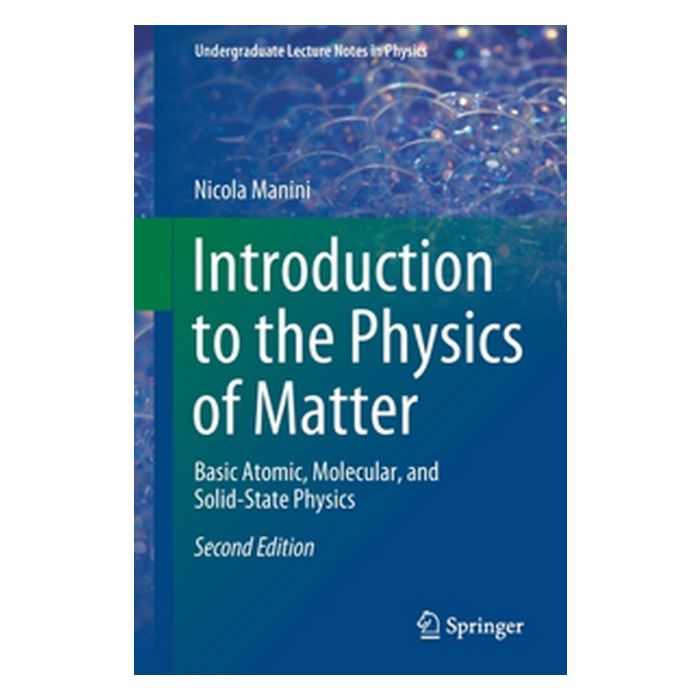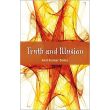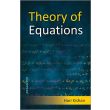Introduction to the Physics of Matter: Basic Atomic, Molecular, and Solid-State Physics; Ed. 2 (Paperback - 2020)
Special Price
₹3,935.00
Regular Price
₹5,621.00
Ships in 1-2 Days!
About the Book
1 Introductory concepts 1.1 Basic ingredients 1.1.1 Typical scales 1.1.2 Perspectives on the structure of matter (contains spoilers)1.2 Spectra and broadening2 Atoms 2.1 One-electron atom/ions2.1.1 The energy spectrum 2.1.2 The angular wavefunction2.1.3 The radial wavefunction 2.1.4 Orbital angular momentum and magnetic dipole moment 2.1.5 The Stern-Gerlach experiment2.1.6 Electron spin 2.1.7 Fine structure2.1.8 Nuclear spin and hyperfine structure2.1.9 Electronic transitions, selection rules2.1.10 Spectra in a magnetic field 2.2 Many-electron atoms 2.2.1 Identical particles 2.2.2 The independent-particles approximation 2.2.3 Independent electrons in atoms2.2.4 The 2-electron atom2.2.5 The Hartree-Fock method2.2.6 Electronic structure across the periodic table2.2.7 Fundamentals of spectroscopy2.2.8 Core levels and spectra 2.2.9 Optical spectra 2.2.10 Electric-dipole selection rules viiviii Contents3 Molecules 3.1 The adiabatic separation 3.2 Chemical and non-chemical bonding3.2.1 H+23.2.2 Covalent and ionic bonding 3.2.3 Weak non-chemical bonds3.2.4 A classification of bonding 3.3 Intramolecular dynamics and spectra3.3.1 Rotational and rovibrational spectra 3.3.2 Electronic excitations 3.3.3 Zero-point effects 4 Statistical physics4.1 Introductory concepts 4.1.1 Probability and statistics4.1.2 Quantum statistics and the density operator4.2 Equilibrium ensembles4.2.1 Connection to thermodynamics 4.2.2 Entropy and the second principle4.3 Ideal systems 4.3.1 The high-temperature limit4.3.2 Low-temperature Fermi and Bose gases 4.4 Matter-radiation interaction 4.4.1 The laser5 Solids 5.1 The microscopic structure of solids 5.1.1 Lattices and crystal structures5.1.2 The reciprocal lattice 5.1.3 Diffraction experiments 5.2 Electrons in crystals5.2.1 Models of bands in crystals 5.2.2 Filling of the bands: metals and insulators5.2.3 Spectra of electrons in solids 5.3 The vibrations of crystals 5.3.1 The normal modes of vibration 5.3.2 Thermal properties of phonons 5.3.3 Other phonon effects A Conclusions and outlook B Applications: light sources and lighting
1 Introductory concepts 1.1 Basic ingredients 1.1.1 Typical scales 1.1.2 Perspectives on the structure of matter (contains spoilers)1.2 Spectra and broadening2 Atoms 2.1 One-electron atom/ions2.1.1 The energy spectrum 2.1.2 The angular wavefunction2.1.3 The radial wavefunction 2.1.4 Orbital angular momentum and magnetic dipole moment 2.1.5 The Stern-Gerlach experiment2.1.6 Electron spin 2.1.7 Fine structure2.1.8 Nuclear spin and hyperfine structure2.1.9 Electronic transitions, selection rules2.1.10 Spectra in a magnetic field 2.2 Many-electron atoms 2.2.1 Identical particles 2.2.2 The independent-particles approximation 2.2.3 Independent electrons in atoms2.2.4 The 2-electron atom2.2.5 The Hartree-Fock method2.2.6 Electronic structure across the periodic table2.2.7 Fundamentals of spectroscopy2.2.8 Core levels and spectra 2.2.9 Optical spectra 2.2.10 Electric-dipole selection rules viiviii Contents3 Molecules 3.1 The adiabatic separation 3.2 Chemical and non-chemical bonding3.2.1 H+23.2.2 Covalent and ionic bonding 3.2.3 Weak non-chemical bonds3.2.4 A classification of bonding 3.3 Intramolecular dynamics and spectra3.3.1 Rotational and rovibrational spectra 3.3.2 Electronic excitations 3.3.3 Zero-point effects 4 Statistical physics4.1 Introductory concepts 4.1.1 Probability and statistics4.1.2 Quantum statistics and the density operator4.2 Equilibrium ensembles4.2.1 Connection to thermodynamics 4.2.2 Entropy and the second principle4.3 Ideal systems 4.3.1 The high-temperature limit4.3.2 Low-temperature Fermi and Bose gases 4.4 Matter-radiation interaction 4.4.1 The laser5 Solids 5.1 The microscopic structure of solids 5.1.1 Lattices and crystal structures5.1.2 The reciprocal lattice 5.1.3 Diffraction experiments 5.2 Electrons in crystals5.2.1 Models of bands in crystals 5.2.2 Filling of the bands: metals and insulators5.2.3 Spectra of electrons in solids 5.3 The vibrations of crystals 5.3.1 The normal modes of vibration 5.3.2 Thermal properties of phonons 5.3.3 Other phonon effects A Conclusions and outlook B Applications: light sources and lighting
| ISBN13 | 9783030572426 |
|---|---|
| Product Name | Introduction to the Physics of Matter: Basic Atomic, Molecular, and Solid-State Physics; Ed. 2 (Paperback - 2020) |
| Price | ₹5,621.00 |
| Original Price | INR 5621 |
| Author | Manini, Nicola |
| Publisher | Springer |
| Publication Year | 2020 |
| Subject | Science |
| Binding | Paperback |
| Edition | Ed. 2 |
| Language | English |
| Weight | 0.426000 |
Write Your Own Review






Login and Registration Form